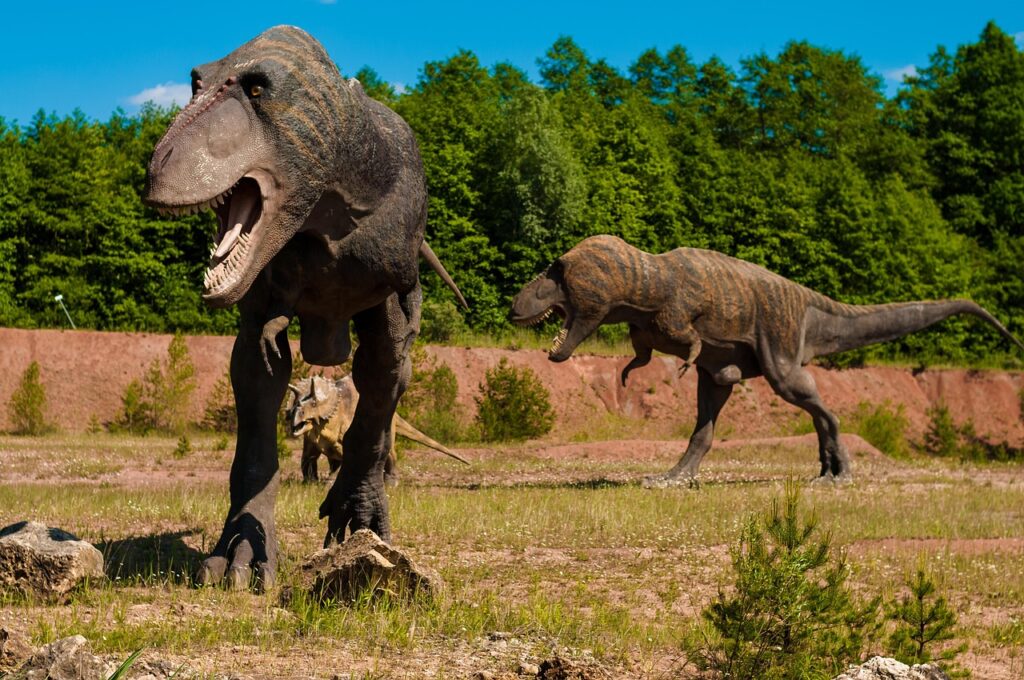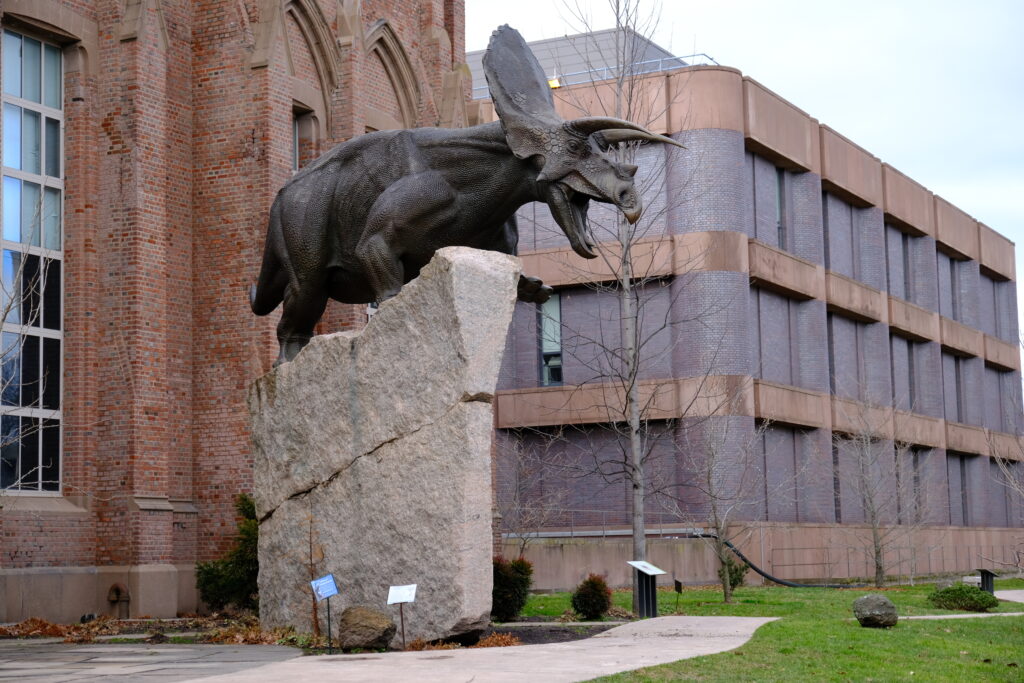Imagine standing in the footsteps of a mighty Tyrannosaurus rex, watching the sun set over an ancient landscape. But here’s something that might blow your mind: that prehistoric sunset would have arrived much sooner than today’s. The day that T-rex experienced was only about 23 hours long, not the 24 hours we’re accustomed to. This isn’t science fiction—it’s the remarkable reality of our planet’s ever-changing relationship with time itself.
Our Earth has been slowing down its rotation for billions of years, and this cosmic dance affects everything from the tides in our oceans to the very way life has evolved. The story of Earth’s changing day length is written in ancient coral reefs, moon rocks, and the gravitational pull that connects our planet to its celestial companion. It’s a tale that spans from the violent birth of our solar system to the precise atomic clocks that govern our modern world.
The Moon’s Gravitational Dance

The moon isn’t just a pretty face in our night sky—it’s the primary architect of Earth’s slowing rotation. Every day, our lunar companion exerts a gravitational pull on Earth’s oceans, creating the tides that rise and fall along our coastlines. This tidal force acts like a cosmic brake, gradually stealing rotational energy from our planet.
Think of it like a figure skater spinning with arms outstretched, then pulling them in to spin faster. Except in Earth’s case, the moon is constantly pulling those “arms” outward, slowing our spin. This process transfers energy from Earth’s rotation to the moon’s orbit, causing our satellite to slowly drift away from us at about 1.5 inches per year.
The relationship between Earth and moon is so intimate that scientists can measure this effect with incredible precision. Laser reflectors placed on the lunar surface during Apollo missions allow us to track the moon’s gradual retreat with millimeter accuracy.
Ancient Coral Reefs Tell Time
Some of the most fascinating evidence for Earth’s changing day length comes from unexpected sources: ancient coral reefs. These marine creatures grow in daily and annual cycles, creating natural calendars preserved in stone. By studying fossil corals from different geological periods, scientists can literally count the days in ancient years.
Devonian coral reefs from about 400 million years ago show approximately 400 daily growth rings per year, compared to today’s 365. This means days were shorter back then, lasting only about 22 hours. The math is surprisingly straightforward—if there are more days in a year but the year length stays the same, each day must be shorter.
These coral chronometers provide a direct window into Earth’s rotational history. They’re like ancient grandfather clocks, ticking away the hours and preserving that rhythm in calcium carbonate for millions of years. Each growth ring represents a sunset that occurred when continents were in completely different positions and life on Earth looked nothing like it does today.
The Dinosaur Era’s Rapid Rotation
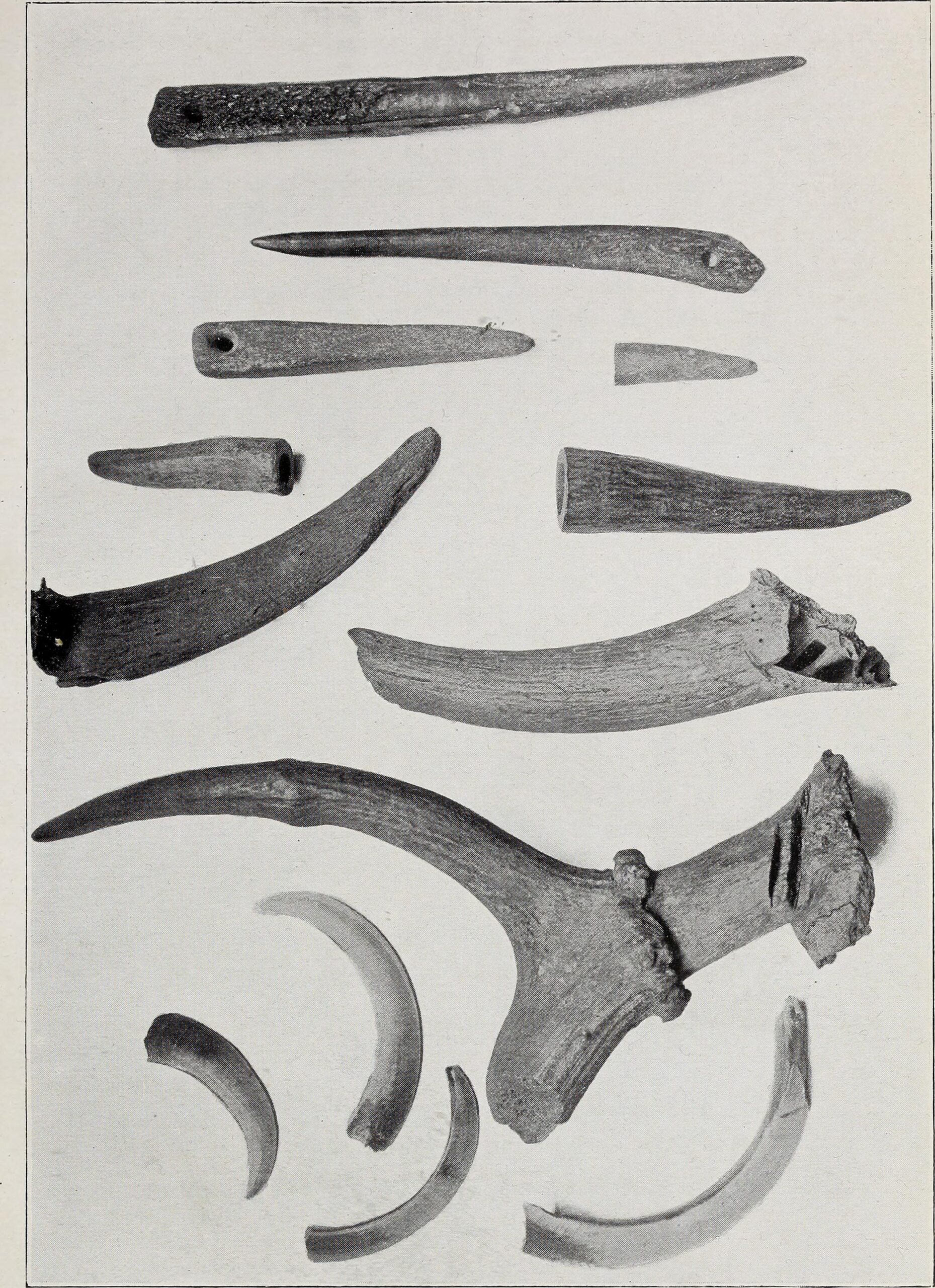
During the age of dinosaurs, Earth was spinning significantly faster than it does today. The Late Cretaceous period, around 70 million years ago, saw days lasting approximately 23.5 hours. This might not sound like much, but over the course of a year, it adds up to about 372 days instead of our current 365.
Imagine a Triceratops experiencing summer lasting just a bit longer in terms of day count, or a Velociraptor hunting under starlight that arrived 30 minutes earlier each night. These faster rotations would have influenced everything from weather patterns to the behavior of ancient ecosystems. Stronger Coriolis effects would have created more intense storm systems and different atmospheric circulation patterns.
The implications extend beyond mere timekeeping. Plant photosynthesis cycles, animal sleep patterns, and even the evolution of circadian rhythms would have been tuned to these shorter days. Some scientists speculate that the abundance of gigantic dinosaurs might have been partially enabled by the different environmental conditions created by Earth’s faster rotation.
Tidal Friction: The Invisible Force
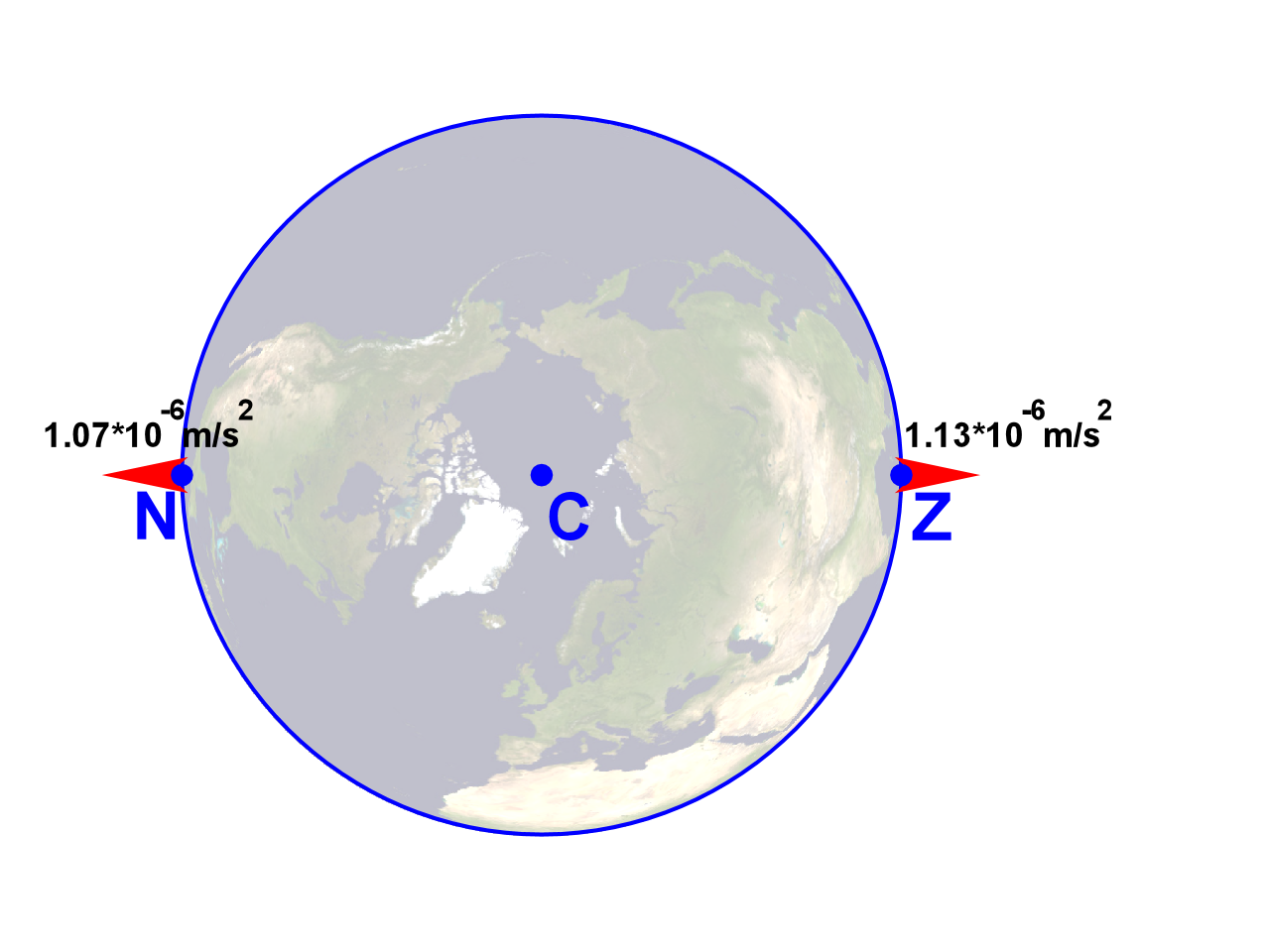
The mechanism behind Earth’s slowing rotation is elegantly simple yet cosmically powerful: tidal friction. As our planet rotates, it carries the tidal bulges created by the moon’s gravity slightly ahead of the direct Earth-moon line. This creates a gravitational torque that opposes Earth’s rotation.
Picture Earth as a rubber ball spinning in honey. The “honey” in this case is the gravitational field that connects us to the moon, creating resistance against our rotation. This friction converts rotational energy into heat, which is eventually radiated away into space. It’s the same principle that makes a spinning top eventually wobble and fall, but operating over geological timescales.
The process is incredibly gradual from a human perspective. Earth’s rotation slows by about 1.7 milliseconds per century due to tidal friction. That might seem insignificant, but over millions of years, it adds up to dramatically different day lengths and fundamentally altered planetary dynamics.
Ice Ages and Rotational Wobbles

Earth’s rotation doesn’t just slow steadily—it also wobbles and shifts in complex ways. During ice ages, massive glaciers redistribute water from the oceans to the continents, literally changing the shape of our planet. This redistribution affects Earth’s moment of inertia, much like how a spinning figure skater changes speed by moving their arms.
When water is locked up in continental ice sheets, it’s moved from the equator toward the poles, making Earth slightly less bulgy around the middle. This causes our planet to spin slightly faster, like that figure skater pulling in their arms. Conversely, when ice melts and returns to the oceans, Earth’s rotation slows down a bit.
These effects are measurable even today. Scientists tracking Earth’s rotation notice tiny changes corresponding to seasonal variations in ice mass, atmospheric pressure, and even ocean currents. The 2004 Indian Ocean earthquake was so massive that it actually shortened Earth’s day by 2.68 microseconds by redistributing mass within the planet.
The Role of Atmospheric Drag
While the moon dominates the long-term slowing of Earth’s rotation, our atmosphere also plays a subtle but important role. High-altitude winds and atmospheric tides create friction against Earth’s surface, acting like another cosmic brake system. This atmospheric drag varies with solar activity, seasons, and long-term climate patterns.
During periods of high solar activity, Earth’s upper atmosphere heats up and expands, creating more drag on our planet’s rotation. Conversely, during solar minimums, the atmosphere contracts slightly, reducing this friction. These effects are tiny but measurable with modern atomic clocks.
The atmosphere also couples with Earth’s rotation through complex dynamics involving the jet stream and global circulation patterns. Strong westerly winds can actually speed up Earth’s rotation slightly by transferring angular momentum from the atmosphere to the solid planet. It’s like having millions of tiny propellers all spinning in the same direction.
Leap Seconds and Modern Timekeeping

Our modern world runs on precise atomic time, but Earth doesn’t consult atomic clocks before deciding how fast to spin. This creates a fascinating problem: our planet’s natural rotation is gradually falling out of sync with our artificial timekeeping systems. The solution? Leap seconds.
Since 1972, scientists have occasionally added leap seconds to Coordinated Universal Time (UTC) to keep our clocks aligned with Earth’s actual rotation. These adjustments happen irregularly—sometimes every few years, sometimes not for nearly a decade. It’s like having to reset your watch because the planet itself is running slow.
The need for leap seconds highlights just how precisely we can now measure Earth’s rotation. Modern techniques using distant quasars as reference points can detect changes in day length down to microseconds. This precision reveals that Earth’s rotation isn’t just slowing—it’s also slightly irregular, speeding up and slowing down in complex patterns.
Solar Tides and Stellar Influence
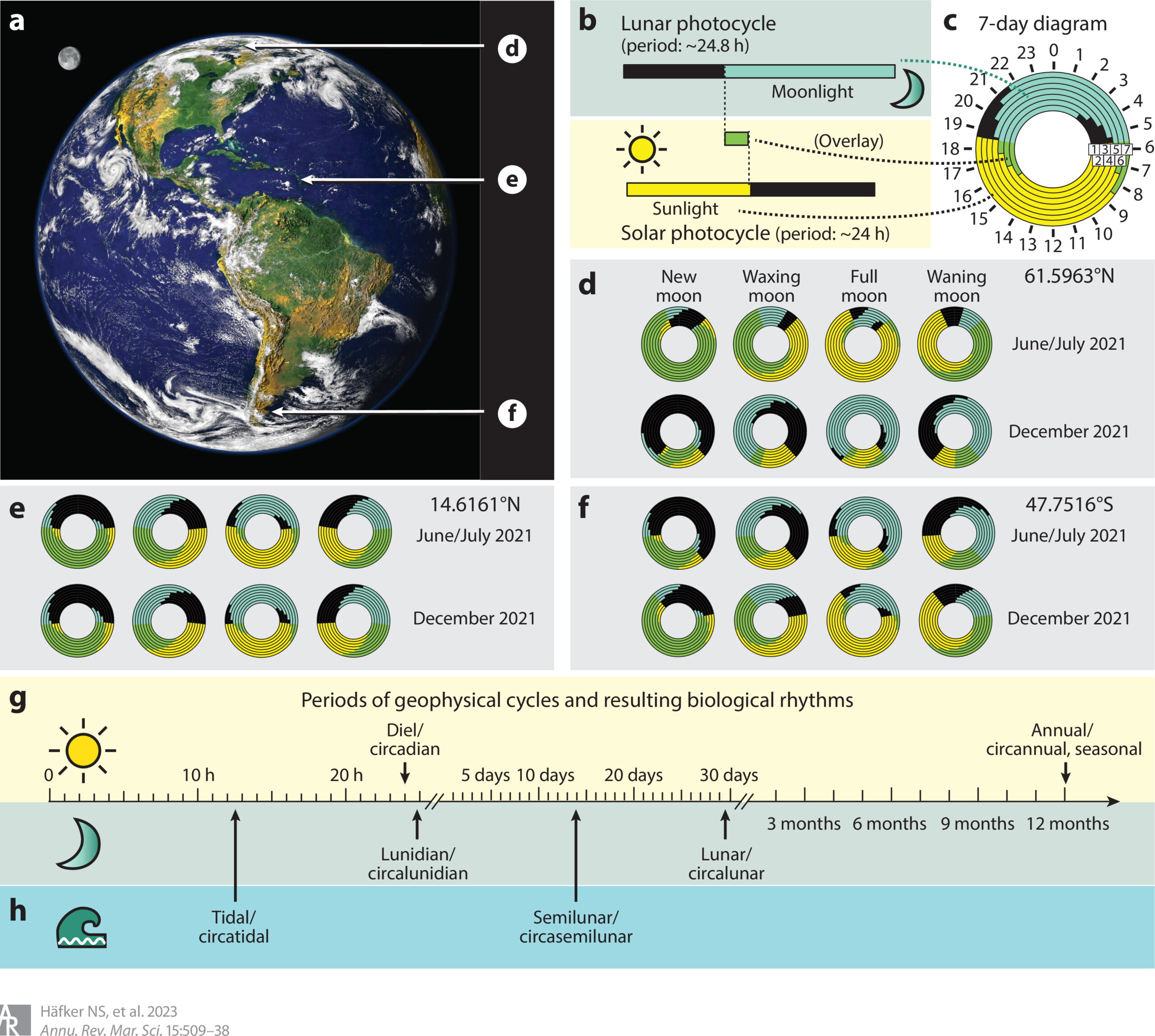
While the moon dominates Earth’s tidal story, our sun also contributes to the planet’s rotational changes. Solar tides are weaker than lunar tides but still measurable, adding their own subtle influence to Earth’s spin. During certain alignments, solar and lunar tides can either reinforce or oppose each other, creating complex variations in tidal strength.
The sun’s influence extends beyond simple gravitational tides. Solar radiation pressure, though incredibly weak, does exert a tiny force on Earth’s atmosphere and surface. Over geological timescales, even these minuscule effects can accumulate into measurable changes. It’s like being nudged by a feather millions of times—eventually, you’ll move.
Other planets in our solar system also exert gravitational influences on Earth, though these effects are far weaker than the moon’s pull. Jupiter’s massive presence creates tiny perturbations in Earth’s orbit and rotation, while Venus’s gravitational field adds its own subtle touch to our planet’s cosmic dance.
Deep Time and Extreme Rotations
Looking far back into Earth’s history reveals even more dramatic changes in day length. During the Precambrian era, over 2 billion years ago, Earth may have been spinning so fast that days lasted only 6 to 8 hours. Picture a world where sunrise and sunset occurred multiple times during what we’d consider a single day.
These extreme rotations would have created a fundamentally different planet. Weather systems would have been dominated by the Coriolis effect, creating massive cyclonic patterns unlike anything we see today. The rapid day-night cycle would have created intense thermal stresses on the planet’s surface, possibly influencing the early evolution of life itself.
As we go even further back, to Earth’s formation 4.5 billion years ago, the planet was spinning so rapidly that days might have lasted only 4 to 6 hours. The moon was also much closer then, appearing enormous in the sky and creating tides hundreds of times stronger than today’s. This was a world of extremes, where the fundamental rhythms of day and night were completely alien to our experience.
Life’s Adaptation to Changing Days
Life on Earth has had to adapt to gradually lengthening days over billions of years of evolution. Our circadian rhythms, the internal biological clocks that govern sleep-wake cycles, represent an evolutionary solution to tracking day length. Interestingly, many organisms have circadian clocks that run slightly longer than 24 hours, suggesting an evolutionary memory of shorter days.
Some scientists propose that the evolution of complex life was partly enabled by Earth’s slowing rotation. As days grew longer, there was more time for complex chemical reactions to occur, potentially facilitating the development of more sophisticated cellular processes. The longer photoperiods also allowed for more elaborate photosynthetic systems to evolve.
Modern organisms still show traces of adaptation to different day lengths. Many plants and animals can adjust their circadian rhythms when exposed to artificial light cycles, demonstrating the flexibility that evolution built into these systems. This adaptability may be a legacy of billions of years of gradual adjustment to Earth’s changing rotation.
The Future of Earth’s Rotation
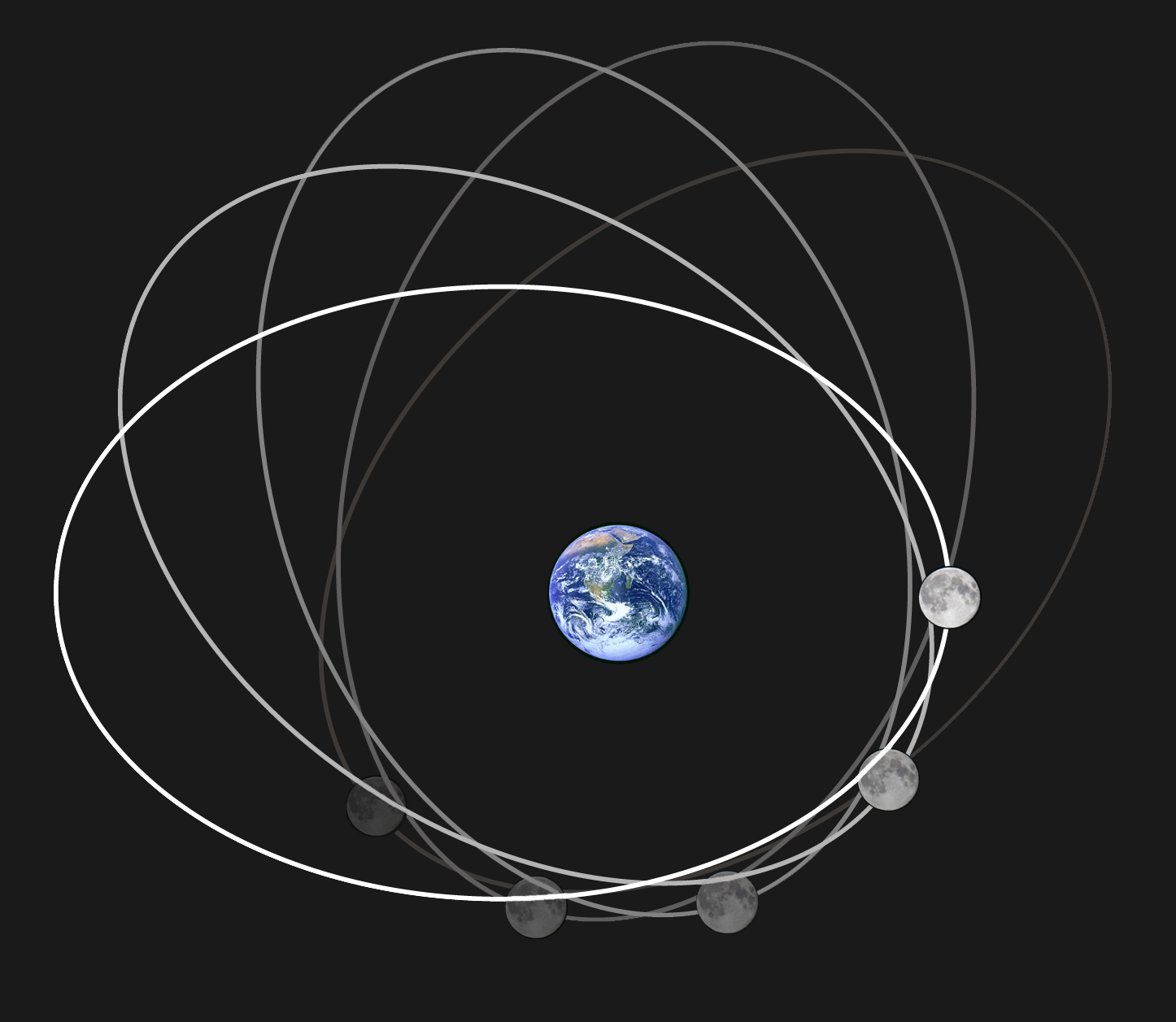
Earth’s rotation will continue to slow as long as the moon remains in orbit around our planet. Current models predict that in about 50 billion years, Earth and the moon will become tidally locked, with each day lasting about 47 of our current hours. At that point, the same side of Earth will always face the moon, just as the same side of the moon always faces us now.
However, this distant future comes with a caveat: the sun will expand into a red giant in about 5 billion years, likely engulfing both Earth and the moon long before tidal locking occurs. So while the physics of tidal friction will continue to slow Earth’s rotation, the practical end point may be quite different from these theoretical calculations.
In the nearer term, climate change may affect Earth’s rotation through the redistribution of water mass as polar ice melts. Some scientists predict that rising sea levels could cause measurable changes in day length, though these effects would be tiny compared to the ongoing tidal friction from the moon.
Measuring the Unmeasurable

The precision with which modern science can measure Earth’s rotation is truly remarkable. Techniques like Very Long Baseline Interferometry (VLBI) use distant quasars as reference points, treating these cosmic lighthouses as fixed points in space. By comparing radio signals from multiple quasars, scientists can determine Earth’s orientation to within milliarcseconds.
These measurements reveal that Earth’s rotation is far from uniform. The planet wobbles slightly as it spins, with variations caused by everything from earthquakes to atmospheric pressure changes. Even the melting of glaciers shows up in these ultra-precise measurements, as water redistributes from land to sea.
The International Earth Rotation and Reference Systems Service (IERS) monitors these changes continuously, providing the data needed to maintain accurate global positioning systems and coordinate international timekeeping. It’s a fascinating example of how understanding deep time phenomena has practical applications in our modern technological world.
Cosmic Implications
Earth’s changing day length isn’t just a local phenomenon—it’s part of a cosmic pattern seen throughout the universe. Many planetary systems show evidence of tidal evolution, where moons and planets gradually change their rotational and orbital characteristics over time. Our solar system provides numerous examples, from Mercury’s 3:2 spin-orbit resonance to the complex tidal relationships in Jupiter’s moon system.
The study of Earth’s rotational history also informs our understanding of potentially habitable exoplanets. Planets with large moons might experience more stable climates over geological time due to the stabilizing effect of tidal forces. Conversely, planets without large moons might experience more chaotic rotational evolution, potentially affecting their long-term habitability.
This cosmic perspective reveals that Earth’s 24-hour day isn’t a universal constant—it’s just one moment in a 4.5-billion-year story of gradual change. Other worlds in our galaxy likely experience their own unique rotational evolution, creating day lengths that could range from hours to months depending on their individual circumstances.
The Beauty of Imperfection
There’s something profoundly beautiful about Earth’s imperfect, ever-changing rotation. Unlike the precise ticking of atomic clocks, our planet’s spin carries the accumulated history of billions of years of cosmic interactions. Every slight variation in day length tells a story—of ancient impacts, ice ages, atmospheric changes, and the eternal dance between Earth and moon.
This imperfection is what makes Earth dynamic and alive. A planet with perfectly uniform rotation would be static, unchanging, and ultimately sterile. Instead, we inhabit a world where the very passage of time is written in the rocks, recorded in coral reefs, and felt in the pull of tides.
The next time you watch a sunset, remember that you’re witnessing a cosmic performance that’s been gradually slowing down for billions of years. That golden hour is slightly longer than it was for the dinosaurs, and shorter than it will be for whatever life forms inhabit Earth millions of years from now. You’re experiencing a unique moment in our planet’s temporal evolution, one that will never be repeated in exactly the same way.
From the violent birth of our solar system to the precise measurements of modern science, Earth’s changing day length weaves together physics, biology, and deep time into a story that’s both humbling and inspiring. It reminds us that even something as fundamental as the length of a day isn’t permanent—it’s part of an ongoing cosmic conversation between gravity, momentum, and time itself. Did you ever imagine that watching the clock could reveal such profound truths about our planet’s history?



